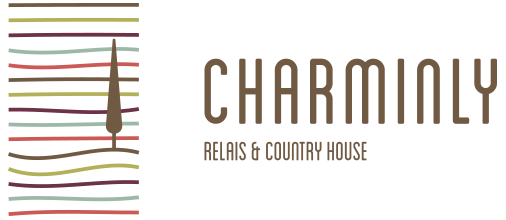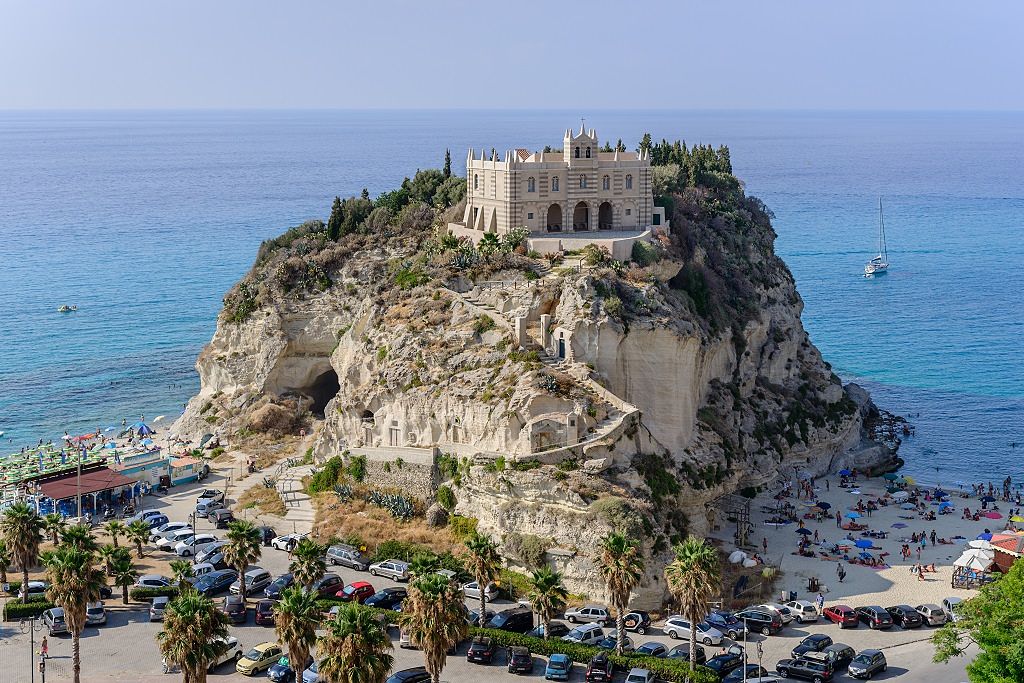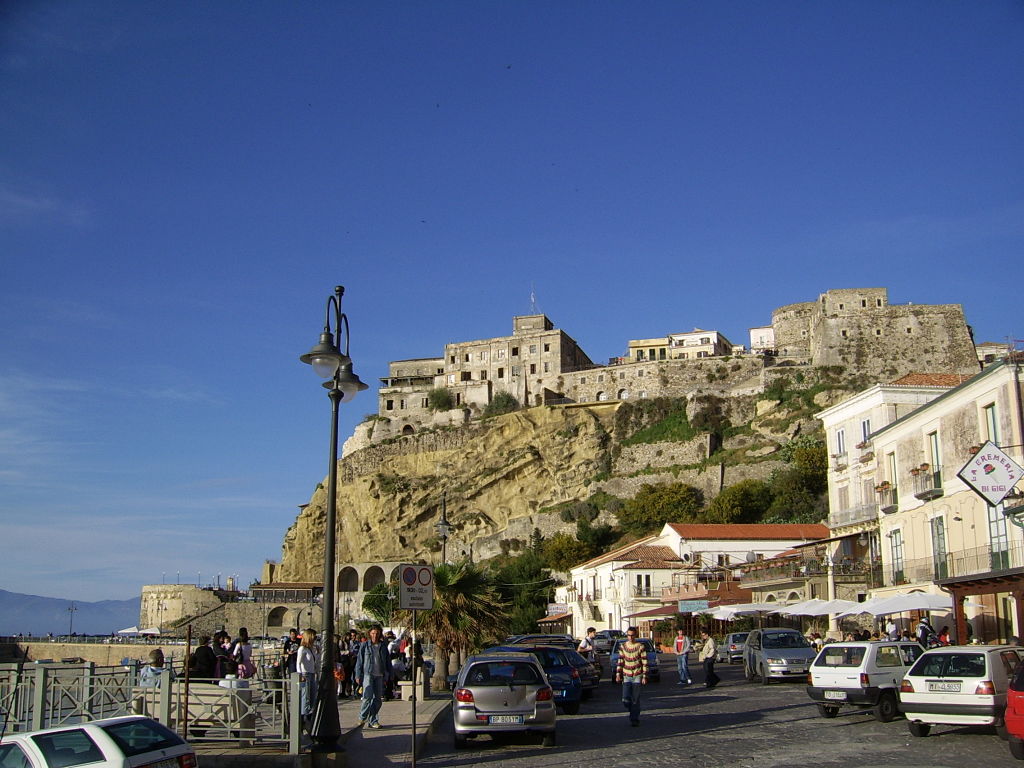Tropea
The Sanctuary of Santa Maria dell’Isola rises on the homonymous rock and is the symbol of the city of Tropea. The church was built in medieval period, and the evidence of a monastic settlement goes back to before the 11th century. For many years the Sanctuary belonged to the Basilian monks, until the Benedictine monks arrived in in 1060. After the earthquakes of 1783 and 1905, much of the original structure was destroyed.
The Sanctuary has recently been reopened to worship, and you can admire it surrounded by typical Mediterranean vegetation, among flowerbeds and benches where you can refresh and enjoy the panoramic view.
The Norman Cathedral was built around the 12th century. During the 17th century, the church was renovated in Baroque style and expanded 12 meters, but in the following centuries many other changes took place to repair the damages caused by the earthquakes occurred in those years. The Cathedral has a longitudinal development, with three naves in Norman style. In addition to the famous Black Crucifix, inside you can admire the icon of the patroness of the city, the Virgin of Romania, made by a student of Giotto in 1230.
The Diocesan Museum of Tropea, inside the ancient Episcopio, represents a primary property for the city, as collect important archaeological finds and interesting artistic works coming from the many churches of the territory.
The first floor of the museum hosts the archaeological section, while on the second floor there is the diocesan section with the art gallery, which preserves various examples of the iconography of the Virgin, such as the Madonna degli Angeli della Pietà. In addition you can admire pieces of a large fresco detached from the church of S. Chiara (14th century), the large baroque paintings of the Duomo, the collection of 17th century wooden sculpture, with Santa Domenica and Sant’Antonio by Diego da Careri. In the hall dedicated to the Cathedral’s Treasure, you can admire silver artifacts of the finest artists, while in the halls of sacred vestments, there are rare 17th century fabrics in perfect state of preservation.
Finally you will find the Sala Giuseppe Grimaldi, dedicated to a painter from Tropea. In the hall there are some of his works, such as a series of panels representing the Evangelists.
In the Museum of ancient crafts, founded in 1999 by Professor Badolato, you can find great representations of Calabrian work traditions.
The collection consists of over 85 animated silhouettes, representing men and women of the 20th century carrying out their work. In particular, you will see trades that have either disappeared or are little practiced by hand, such as the processing of wool, milk, chestnuts, winemaking, weaving, the production of flour through the stone mill and others.
Capo Vaticano
The majestic promontory of Capo Vaticano, consisting of a special white and gray granite, studied worldwide for its geological peculiarities, reaches a maximum height of 124 meters above sea level.
On these enchanting cliffs stands the Lighthouse of Capo Vaticano, built in 1870 and put into operation 15 years later. The height of the lighthouse is about 8 m. Its shape is cylindrical, with a terrace roof.
Nearby is a large municipal space, the Belvedere del Faro, from which you can see breathtaking views and extraordinary sunsets over the sea, even being able to admire the Strait of Messina and the Aeolian Islands.
Pizzo Calabro
The history of the Castle of Pizzo Calabro is linked to the death of Gioacchino Murat, King of Naples, who found his death in this town. In fact, inside the castle, you will see the historical reconstruction of Murat’s detention. Inside the cells of the basement, is represented the scene of the trial he was submitted, while in the cell in which he lived the last days of his life, is reproduced the scene of the confession with the friar Masdea.
Zungri
Zungri is a Calabrian town whose origins dating back to Magna Graecia, from which also derives its name, which means “rock” or “tuff”.
This town is characterized by simple dwellings, typical of rural life. In the village you can visit the Museo Provinciale della Civiltà Rupestre e Contadina, the Church of the Madonna della Neve and the Church of the Madonna del Rosario.
An important cultural and tourist place, it is certainly the Rock Settlement, an urban structure of houses carved out of the rock dating back to the 12th century.




